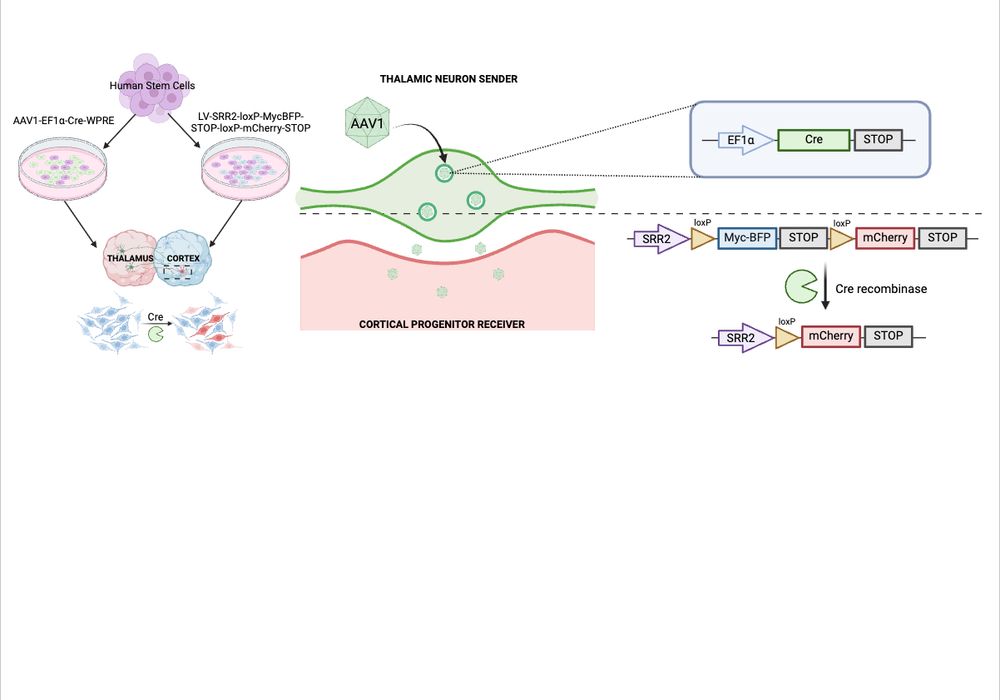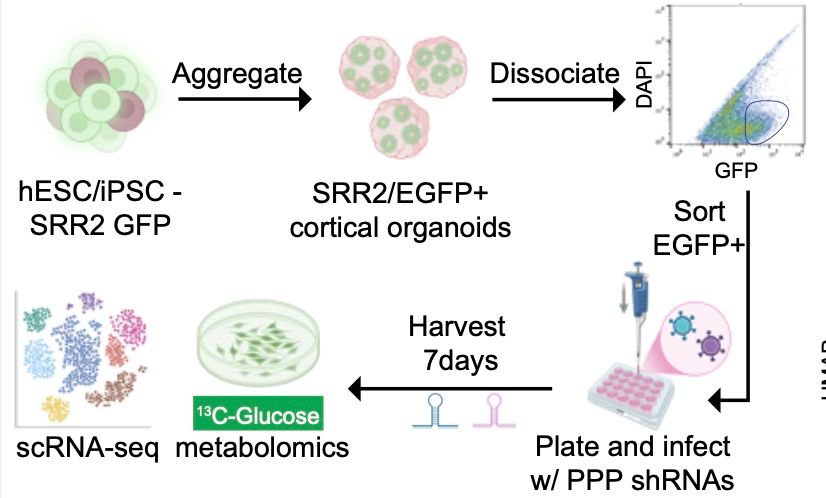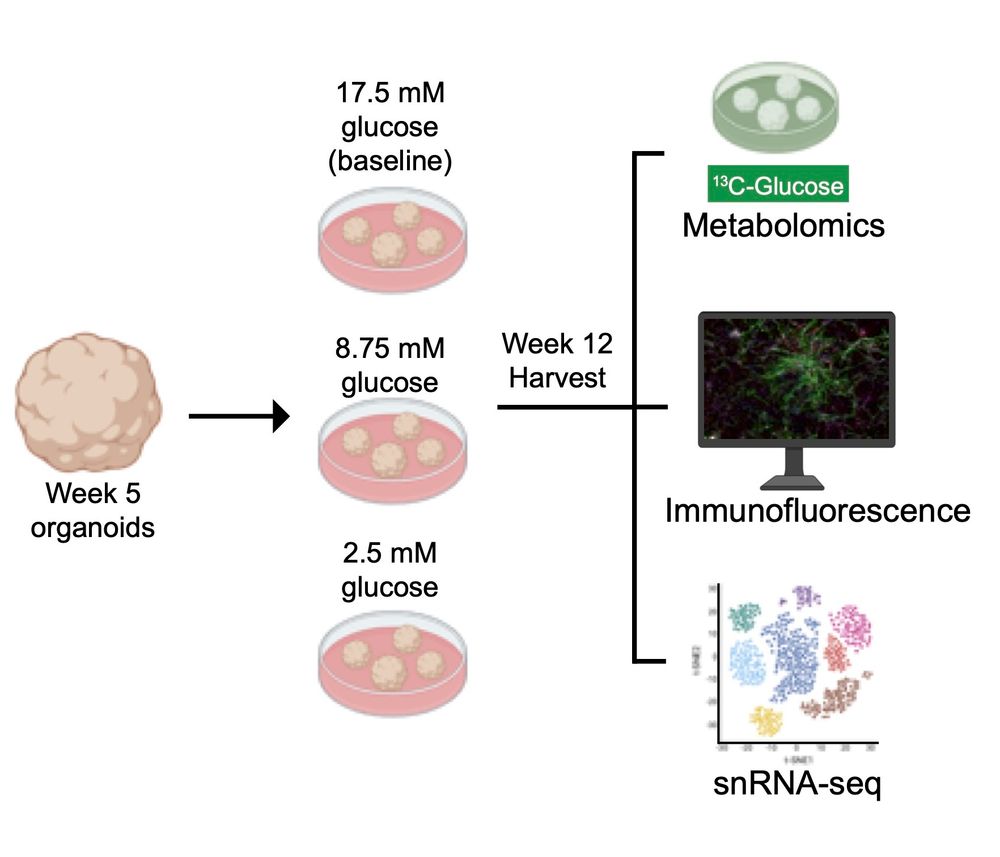Nathanson Lab, Prins Lab, UCLA Neurosurgery, as well as the members of the Bhaduri Lab who have provided advice, edits, and moral support throughout. We look forward to hearing what the community thinks!
Nathanson Lab, Prins Lab, UCLA Neurosurgery, as well as the members of the Bhaduri Lab who have provided advice, edits, and moral support throughout. We look forward to hearing what the community thinks!
📄Paper: biorxiv.org/content/10.1...
🌍Data: cells.ucsc.edu?ds=ihott
📄Paper: biorxiv.org/content/10.1...
🌍Data: cells.ucsc.edu?ds=ihott


🛡️ a functional immune system
🧠 a human brain microenvironment
iHOTT has both.
🧫 We co-culture freshly isolated patient tumor cells + matched PBMCs on human cortical organoids. It’s patient-specific, matched, and immunocompetent.

🛡️ a functional immune system
🧠 a human brain microenvironment
iHOTT has both.
🧫 We co-culture freshly isolated patient tumor cells + matched PBMCs on human cortical organoids. It’s patient-specific, matched, and immunocompetent.









